Our materials
We are developing new fabrics made of mycelium, the vegetative stage of mushrooms.
We are developing new materials made of fungal mycelium, the vegetative stage of mushrooms.
These amazing organisms grow in network-forming structures called hyphae, which are mainly composed of a polysaccharide called chitin. Chemically, chitin’s structure is similar to cellulose and it is a versatile molecule that can form a hard, semi-transparent biomaterial. Chitin is also characterised by other peculiar properties such as biocompatibility, biodegradability and non-toxicity. All these properties make chitin very interesting from both a functional and commercial perspectives and open up new design opportunities for textiles products.
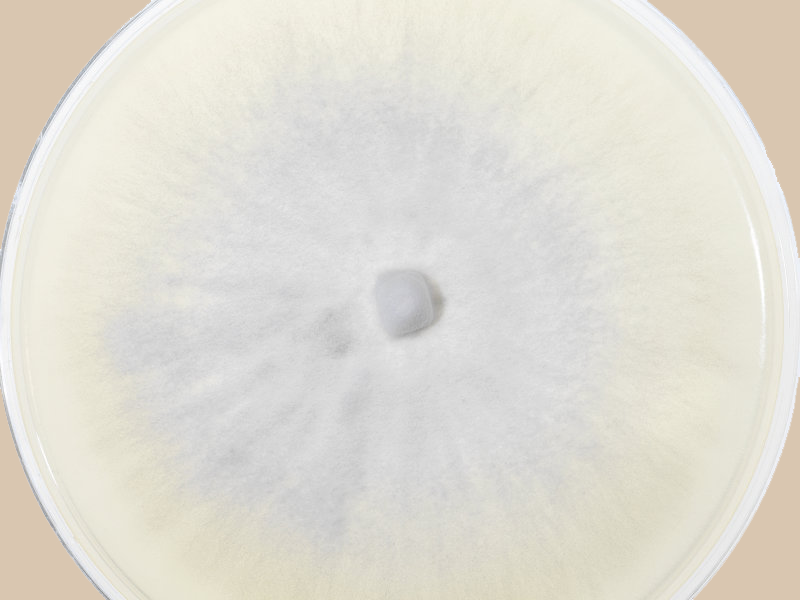
Our product
We are developing new fabrics made of mycelium, the vegetative stage of mushrooms.
This amazing organism grows forming structures called hyphae, which are composed of the polysaccharide chitin. Chemically, chitin’s structure is similar to cellulose and it is a versatile molecule that can form a hard, semi-transparent biomaterial. It also has other peculiar properties such as biocompatibility, biodegradability and non-toxicity. All these properties make chitin commercially very interesting and open up new design opportunities for textiles products.
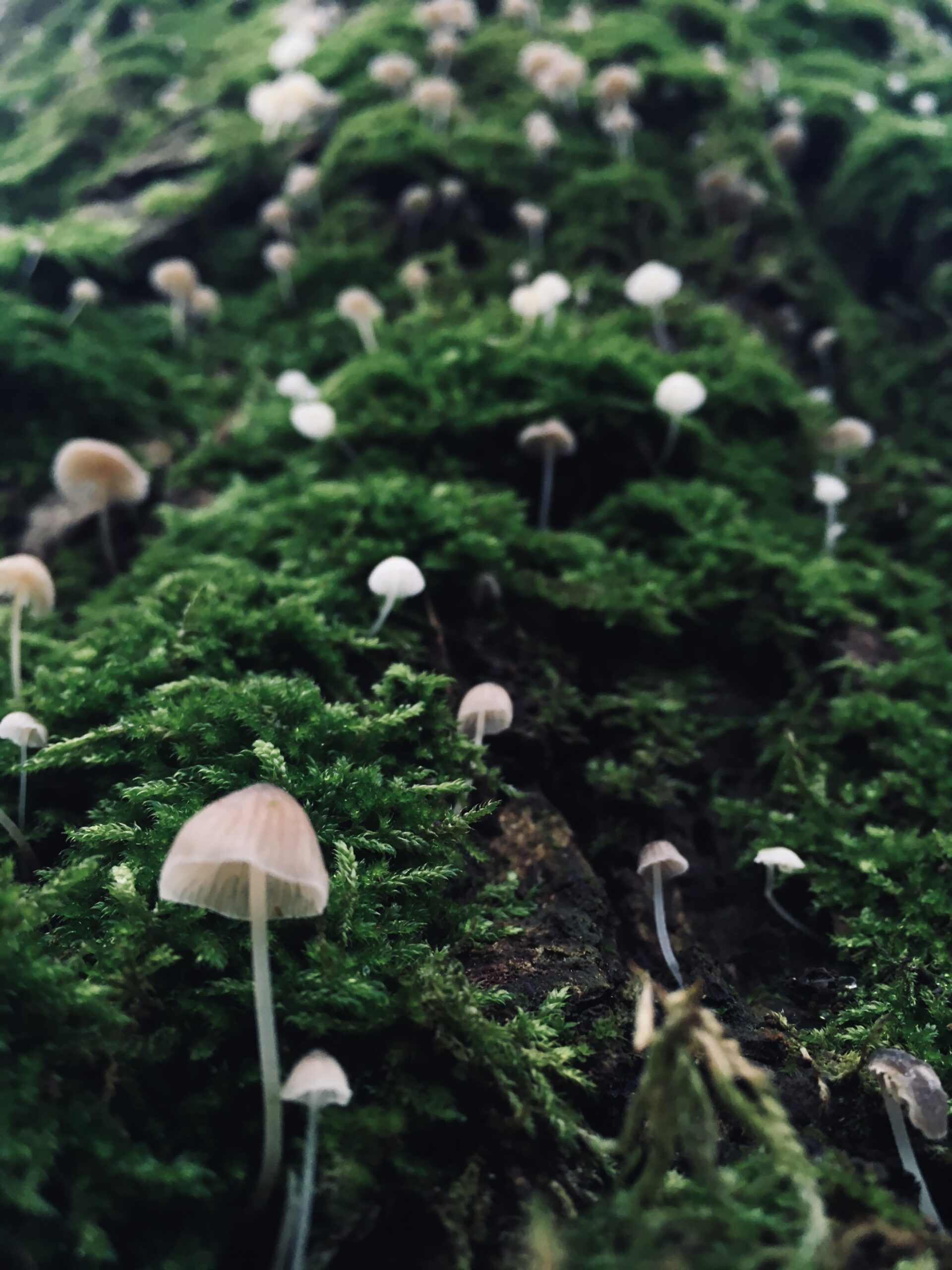
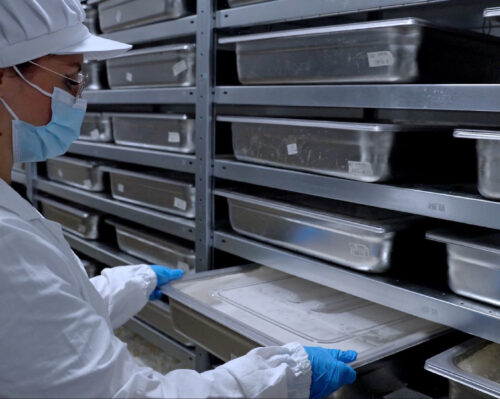
Our technology
As part of MY-FI, we are developing a innovative production methods to obtain mycelium materials with advanced properties. Starting from residues, we will produce myco-fibres in mild processes that generate minimum CO2 emissions, using a very limited energy input that can be supplied by renewable resources and allowing for recycling the water used in the process, while providing flexibility in terms of manufacturing and processing.
Traditionally, chitin and its derivatives are commercially produced from shellfish waste through chemical treatment. This process is energy-intensive and generates environmentally toxic waste, which limits the viability for using chitin fibres for certain applications.
Biofabrication:
Nonwoven fabric will be produced by growing mycelium biomass in a fermentation process carried out in a liquid growth media obtained from brewery spent grains and textile industry residues.
Wet processing and finishing:
Once we obtain raw mycelium fabrics, we will develop chemical treatments, including crosslinking, plasticizing, curing, dyeing and others, to improve the structure and properties of chitin to achieve better performance. The material will be further functionalized by applying coating and coupling it with other biomaterials.
Upscaling:
We will upscale the manufacturing process to prove its feasibility in an industrial environment, and to provide sufficient materials for the following steps of the project.
Prototyping:
We will use the mycelium fabrics to produce several designs for the automotive and fashion sector.
Validation:
The prototypes will be evaluated by industrial players and end users to assess their properties and functionalities.
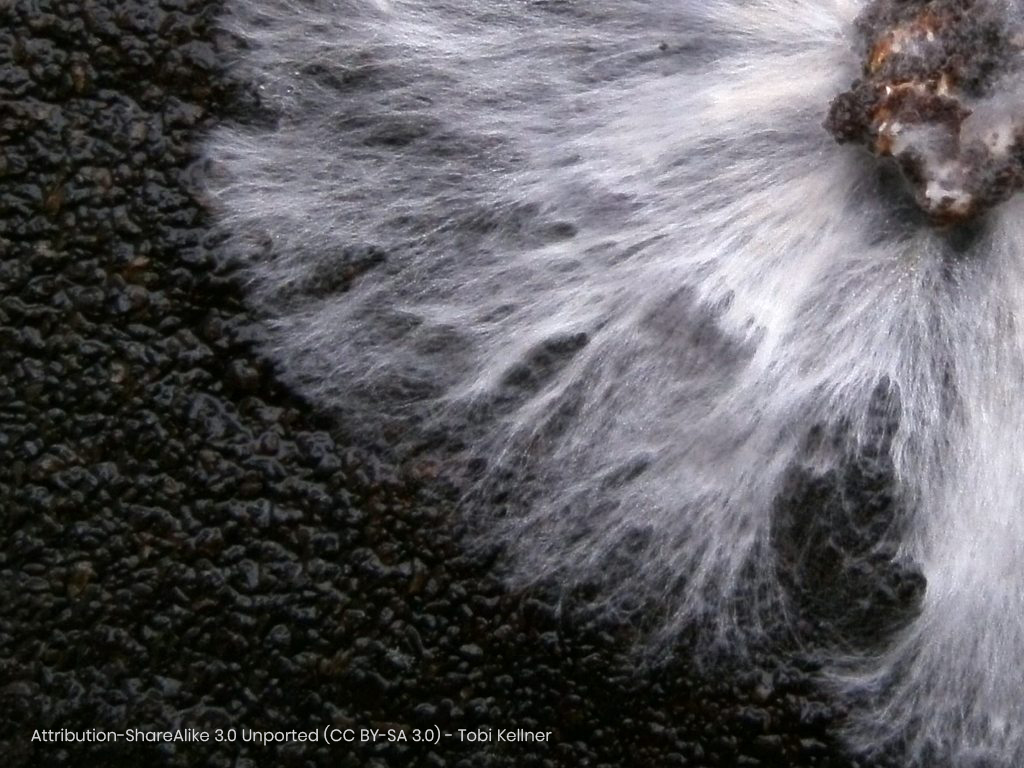
Our technology
In MY-FY, we want to design an innovative production method to obtain myco-fibres with varying chitin content, up to 90 %. Starting from residues, we will produce mycelium fabrics in a mild process that generates near zero CO2 emissions, uses very limited energy that can be supplied by renewable resources, allows the recycling of up to 70% of the water used in the process and provides flexibility in terms of manufacturing and processing.
Traditionally, chitin and its derivatives are commercially produced from shellfish waste through chemical treatment. This process is energy consuming and generates environmentally toxic waste which limits the viability of chitin fibres in certain applications.
Biofabrication:
Nonwoven fabric will be produced by growing mycelium biomass in a fermentation process carried out in a liquid growth media obtained from brewery spent grains and textile industry residues.
Wet processing and finishing:
Once we obtain raw mycelium fabrics, we will develop chemical treatments, including crosslinking, plasticizing, curing, dyeing and others, to improve the structure and properties of chitin to achieve better performance. The material will be further functionalized by applying coating and coupling it with other biomaterials.
Upscaling:
We will upscale the manufacturing process to prove its feasibility in an industrial environment, and to provide sufficient materials for the following steps of the project.
Prototyping:
We will use the mycelium fabrics to produce several designs for the automotive and fashion sector.
Validation:
The prototypes will be evaluated by industrial players and end users to assess their properties and functionalities.
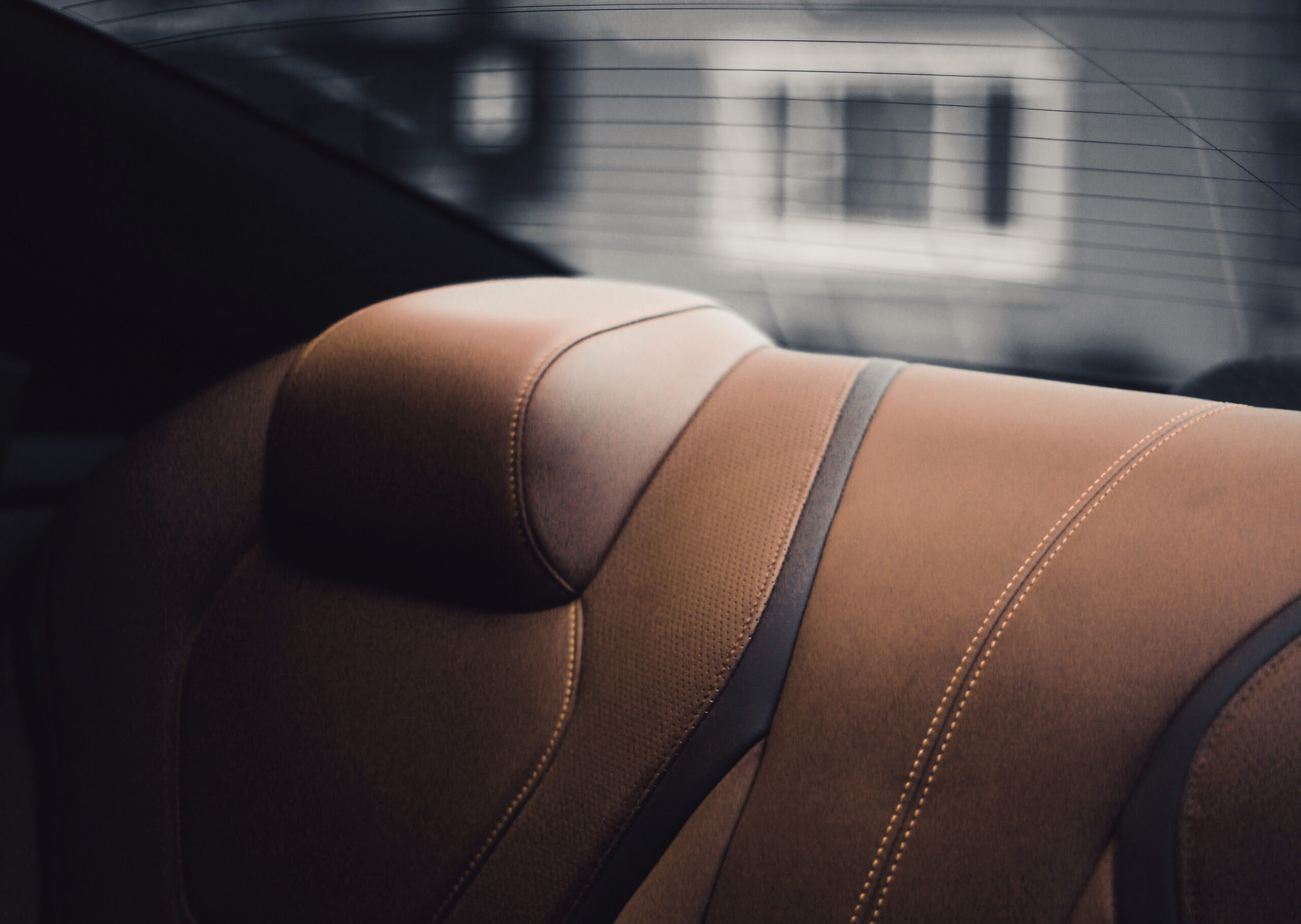
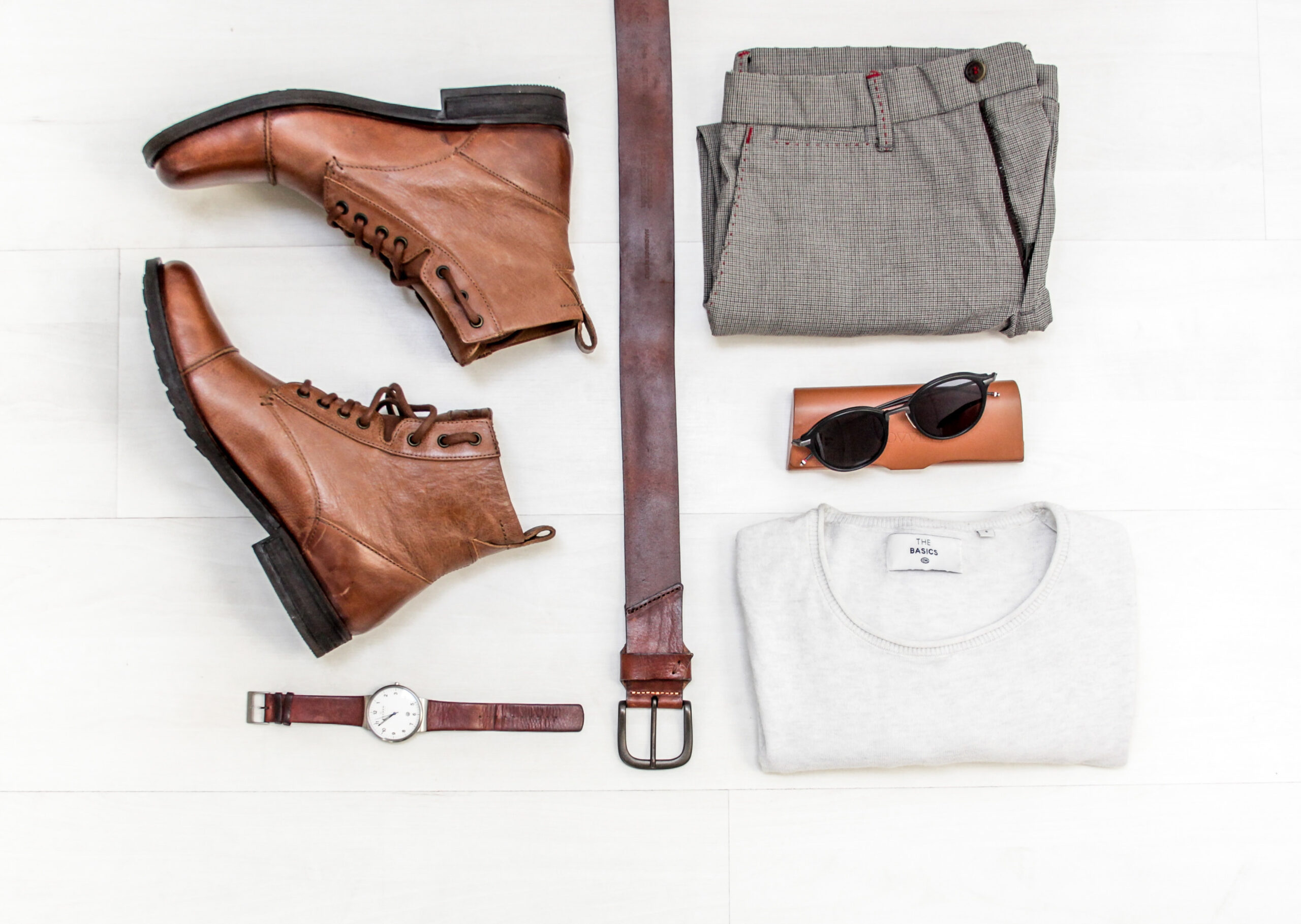
Market Pilots
Mycelium fabrics have a huge market potential and can rapidly gain market share in different sectors.
Reinventing fashion
Flexible mycelium materials are soft and resistant, providing unprecedented design opportunities for bags, apparel, footwear, accessories and so on. At the same time, they are sustainable, as they are created from renewable resources which are animal free and locally sourced. The perfect ingredient for a thorough revolution in fashion.
Redefining cars’ interior
Thanks to their technical properties and appealing aesthetics, mycelium fabrics can be adopted as the perfect material for the manufacturing of seat covers, door panels and for the lining of the inner side of car doors, dashboards, steering wheels… and the materials can be grown in the desired shapes, preventing trimming-waste. As automotive companies are constantly investing substantial resources in R&D of all aspects related to car manufacturing – including vehicles’ interiors – the materials that will emerge through the My-Fi project can represent a perfect alternative to traditional textiles.
Market Pilots
Mycelium fabrics can compete and gain huge market share in different sectors, not only in fashion.
Reinventing cars’ interior
Thanks to their properties and aesthetics, mycelium fabrics can be adopted as a perfect material to build seat covers, door panels, material to cover the inner side of car doors, dashboard, steering wheel… and directly with the desired shape. As automotive companies are constantly investing resources in research and development of all aspects related to car manufacturing, including vehicles’ interiors, our material can be an alternative to traditional textiles.